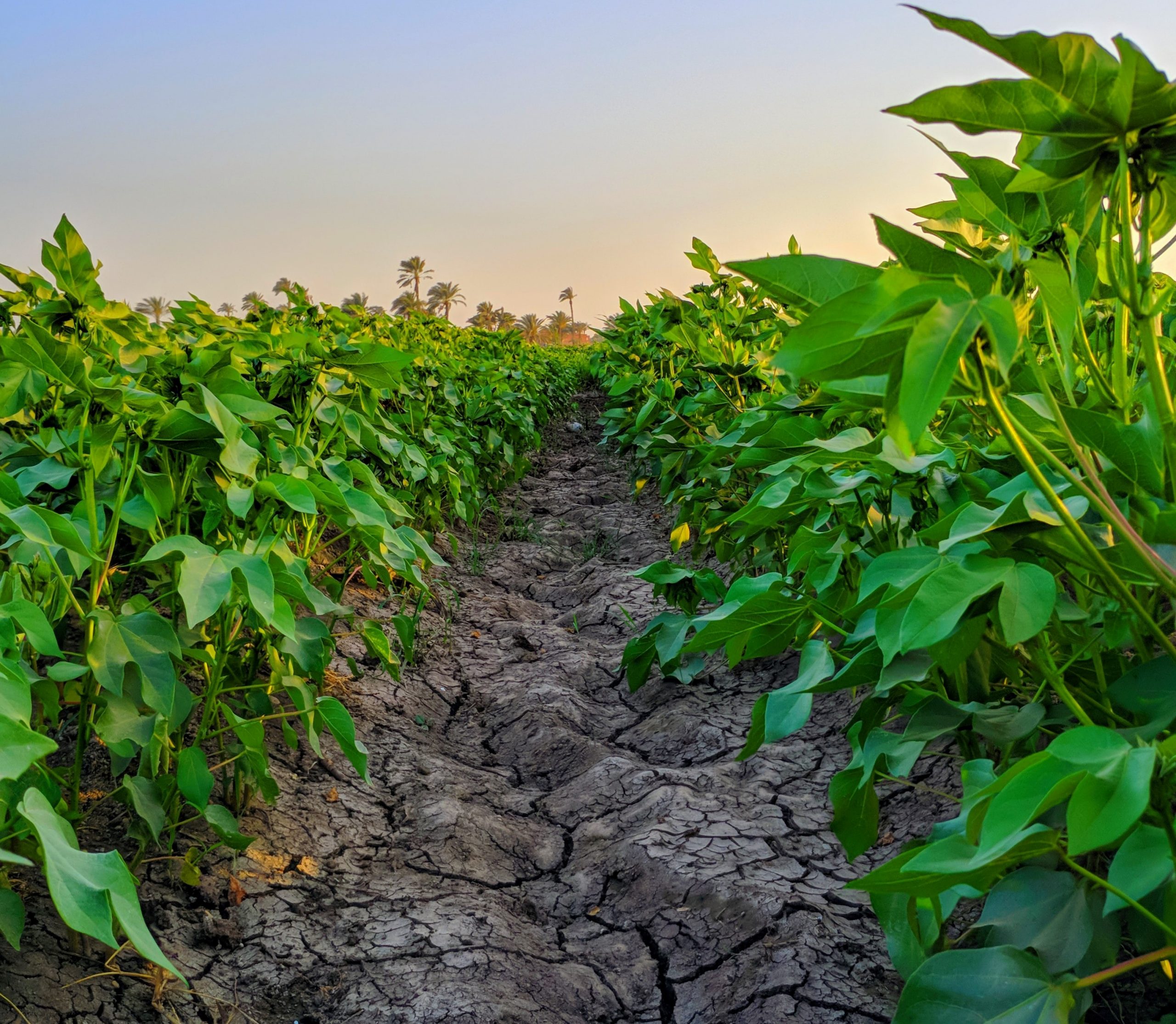Discover the health of your soil
Understanding the health of your soil is fundamental to the condition of the crops on your land and the overall livelihood of your farm. In order for your farm to continually produce nutritious, strong and sustainable plant life, the health of the soil should be a priority focus.
According to Agriculture Victoria, aside from retaining nutrients, healthy soil supplies water and oxygen needed for healthy plant growth. It also allows water to be absorbed by the plant easily, without any salt level build up, which is often very harmful to plant life. So, just how can you ensure your soil is meeting optimal health requirements to maximize plant growth and high crop yield seasonally?
In this article, we dig beneath the surface to explain what soil analysis says about your fields, and how you can take rectifying measures to improve soil health.

Nutrient and pH levels
Understanding the health of your soil, particularly its nutrient and pH levels, could mean the difference between producing a high yield crop each season versus a once-off high yield season followed by seasons of low yield. By testing your soil, you’ll be able to determine not only its nutrient and mineral level but its pH content. It’s imperative to be aware of the pH content because that is one of the determining factors when it comes to plant health. pH levels need to be as close to neutral to product crops that are healthy and provide the right nutrient content (for consumers). Additionally, being aware of these variables can allow you to know what exactly is missing in the soil and to apply the right kind of fertiliser to improve your soil health.
Soil salinity
Substantial contamination of salinity within soil can have a devastating impact on crop-producing farmland, often leading to a complete loss crops and fields. Salinity happens when there is an excess of water-soluble salts within soil, which can happen naturally or due to farming operations, such as applying the wrong fertiliser for the land or improper irrigation. This leads to plant growth suppression. Salinity impedes plant development and plants’ ability to take-up water from the soil which leaves it dehydrated and lacking the necessary nutrients it needs from the soil to thrive, which in turn impacts the yield produced on your land.
If salinity is caught early enough, however, you can reverse the effects of it on your soil. This is why it is so important to regularly analyse the soil on your crop-producing fields. What worked well for one season (such as a specific fertiliser type or irrigation) may be detrimental for the next.
How to improve soil health
Prevention is better than cure, but what do you do if your soil health is not in optimal condition? Taking small steps today can move you one step closer to improving your soil health and overall crop output. Here are two practical solutions you can implement to begin to improve your soil situation:
Irrigation application
Once you are aware of what your soil is lacking, you can take corrective measures and put proactive measures in place to ensure the health of your soil. Setup an irrigation application that is applicable for your soil condition. Often having an irrigation application that spans across a larger farm area over a longer period of time helps plants osmosis to occur as salt is flushed to levels far below the root system.
Ensure your irrigation application is crop specific. Plant life have different water needs based on their species, growth stage and root structure. Soil composition and land formation also need to be taken into consideration here. Use this information to set an irrigation schedule but be aware of over or underwatering your crops (look at your plant type, soil moisture, weather data before setting a schedule).
Fertilisation
By understanding your soil, you’ll understand what nutrients and minerals your crop is not getting and can then use the right kind of fertiliser to ensure optimal plant growth. Using a general one-size-fits all fertiliser across many crops will not work and cause imbalance across your soil, which can result in low crop yields and even death of crops.
